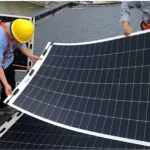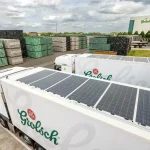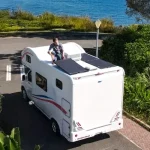Table of Contents
- What is a brownout vs. blackout?
- Brownout vs. Blackout Emergency Preparedness Materials
- What to do in the event of a Brownout vs. Blackout?
- Final Thoughts
- Frequently Asked Questions about Brownout vs. Blackout
There is no denying that a power outage can cause a lot of inconvenience. A power outage can cause lights to flicker or even complete darkness. However, power outages include two different types: brownout vs. blackout.
While both types of outages result in total darkness, they are caused by different factors and can have various consequences.
According to the EIA, U.S. electricity customers experienced an eight-hour blackout in 2020. This means that power outages or power restrictions have a high probability of occurring in life. Therefore, it is very important to distinguish between power outages and power limitations.
In this article, we will examine the difference between brownout vs. blackout while exploring their causes, effects, and how to prevent them.
Without further ado, let’s get started!
Source: U.S. Energy Information Administration
What is a brownout vs. blackout?
What is a blackout?
A blackout can be described as a sudden and permanent interruption in the supply of electricity to a particular area. The duration of a blackout is relatively random and may be as short as a few minutes or as long as a few days. There are several reasons why a blackout may occur, and understanding them can help you manage your outage situation.
Causes of power outages
Severe weather events
Natural disasters such as lightning strikes, storms, and hurricanes can damage electrical structures, which can cause power supply interruptions.
The sudden surge in demand
If the electricity demand exceeds expectations, the grid will not be able to handle it, which can lead to outages.
Physical damage to infrastructure
When power lines or transformers are damaged somehow, outages can occur in various situations.
Tree branches
A fallen tree branch may pull down power lines, which can cause an interruption in power supply.
Ice buildup
While ice buildup on power lines is beautiful in the winter, it puts a lot of stress on the wires because they have to support the weight of the ice, which often leads to power line failures.
The most famous power outage in recent years occurred in Texas in 2021 and is known as the “2021 Texas power crisis“. The Texas power crisis lasted more than two weeks and resulted in hundreds of deaths.
What is brownout?
First, let’s understand what a brownout is.
A voltage drop can be as common as a blackout and is a partial interruption of power in an area. It is a temporary measure planned by the utility provider while receiving low voltage power. During a voltage drop, you will receive power at a 10-25% lower voltage than normal.
While you can run appliances during a power restriction, we do not recommend it. Some telltale signs of a voltage drop include flickering lights and appliances turning on and off.
These short-term power outages can prevent the grid from being overloaded during times of high power demand. The main difference between a blackout and a voltage drop is that a voltage drop does not result in a complete interruption of power.
What causes brownout?
Brownouts are usually caused by fluctuations in electricity supply and demand. They are planned in advance by the utility grid to prevent prolonged outages in the future. Some of the main reasons for voltage drops include:
High energy demand: when the demand for electricity rises, the grid company announces power restrictions. This usually occurs during the winter months when there is increased use of electric heaters, which puts additional strain on the grid.
Severe weather conditions: natural disasters such as storms, strong winds, and lightning can damage power lines and transformers. This ultimately leads to temporary power outages.
Grid Damage: Old equipment failures, solar flares, and inadequate cyber-attacks can lead to voltage reductions.
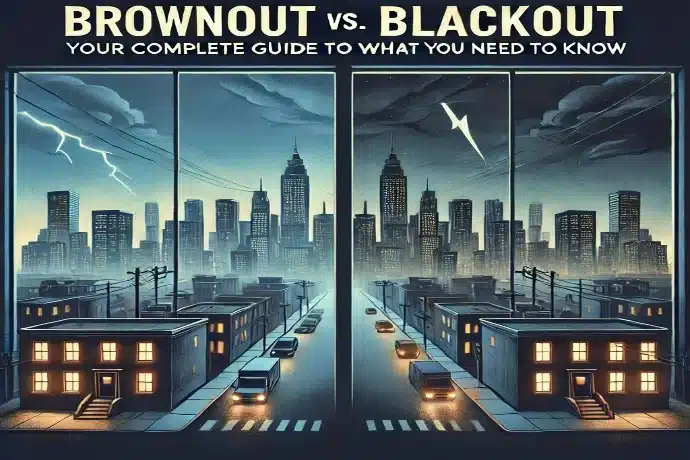
What are rotating outages?
A “rotating outage” is a more discreet way for utilities to intentionally disconnect power. The primary purpose of rotating outages is to relieve pressure on an overburdened grid.
Grid regulators usually warn residents about temporary outages. This helps people to prepare for outages and avoid prolonged outages. Usually, rotating outages last for a few hours, after which power is restored.
Here are a few ways to deal with rotating power outages:
- Stock up on necessary medicines, food, water, and other essentials.
- Have flashlights, batteries, and other non-flammable light sources on hand.
- Unplug all electrical appliances before a rotating blackout to prevent power surges.
- Purchase a portable generator that can charge all of your small and large appliances.
Brownout vs. Blackout Emergency Preparedness Materials
In the event of a brownout vs. blackout, there are a few things you need to have on hand to ensure preparedness. Here is a list of the most useful emergency materials in case of a power outage.
- Flashlight with extra batteries
- First aid kit
- Two-way radio and batteries
- Extra drinking water
- Supply of non-perishable food
- Matches or lighter
- Portable charger
- First aid blanket
- Sanitary supplies
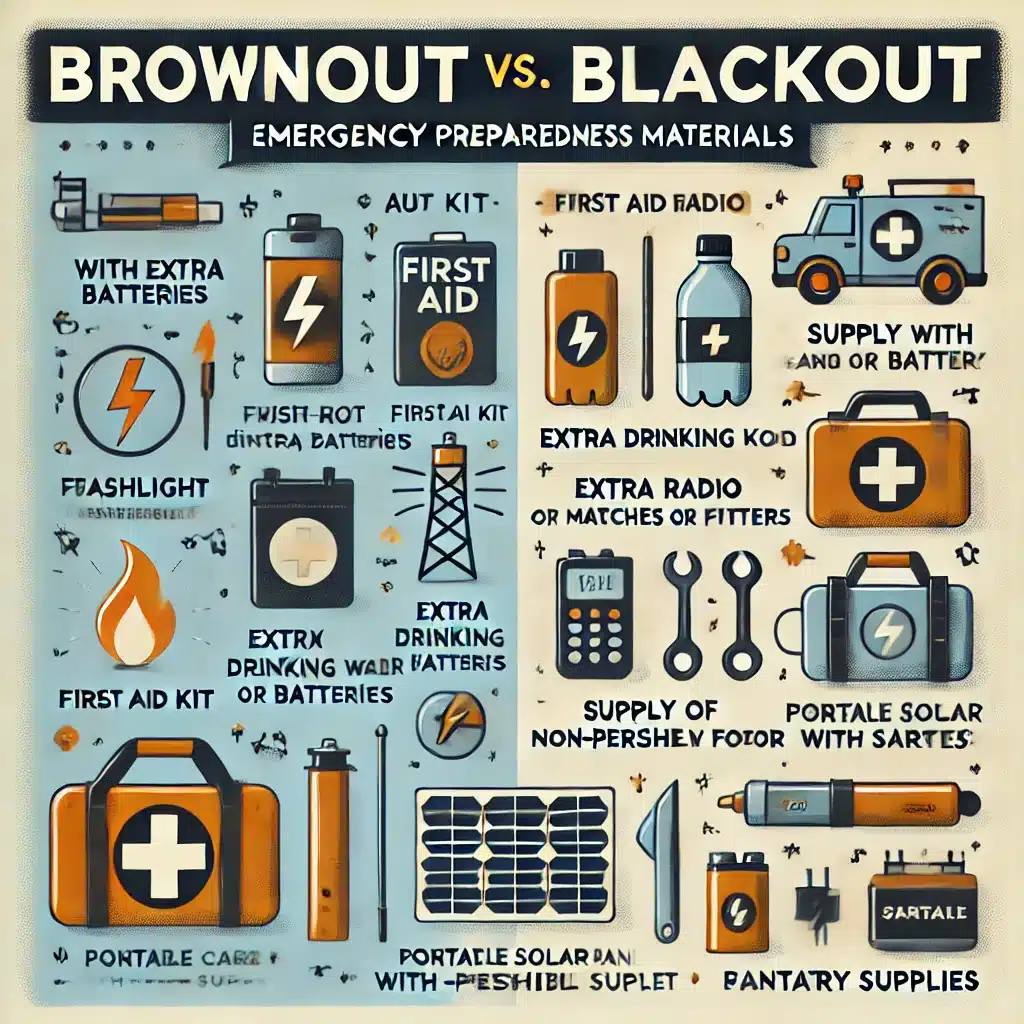
What to do in the event of a Brownout vs. Blackout?
First of all, you shouldn’t panic in the event of a voltage drop or blackout. Knowing “How to protect your appliances from a voltage drop or blackout” is important to keep you, your family and your home safe.
Some simple steps to deal with a voltage drop or power failure are as follows:
Unplug all equipment
A power outage can result in low voltage, and you may be able to run some low-power appliances during the event. However, it is not safe to run appliances at low voltage because it can damage the sensors and motors of the appliances. The best way to protect your home appliances is to unplug all of them.
Sign up to receive alerts
In the event of a power outage, it is advisable to contact your local utility company. Sign up for alerts through the emergency alert system to find out when power will be restored. If the power goes out due to a natural disaster such as a storm, consider using a battery-powered radio to get the latest information.
Keep your cell phone fully charged
Try not to spend as much time on the phone as possible; think of your free time as family time. It’s important to note that having a fully charged cell phone will help you get updates from the grid and keep you connected to loved ones. Also, consider having a portable power station that can help you charge your smartphone, laptop, and other appliances in case of an emergency or unexpected power outage.
Avoid overconsumption of electricity
The main reason for power restrictions is the overconsumption of electricity. This means that you should minimize the use of electronic devices to reduce power consumption. This will not only allow you to reduce energy consumption but also extend the life of your electronic devices.
Use a flashlight
A total blackout may cause all the power in your home to go out. In this case, you may not be able to see anything. Instead of using flammable candles that could cause a fire, use battery-powered devices.
Use a portable solar panels
When a voltage drop, rotating blackout, or power outage occurs, all of your home’s appliances will stop working. This includes the main appliances in your home – refrigerators, air conditioners, electric blankets, etc. This means that all the food stored in your refrigerator will eventually spoil.
You will no longer be able to use space heaters or electric blankets to keep your space warm. The best way to handle this situation is to use portable solar panels with energy storage. For example, the Sungold 200 watt portable solar panel receives sunlight to charge the energy storage.
Energy storage stores power and helps you use solar energy to charge all of your essential devices. The Sungold BXF Series All-in-One lntegrated solar panels can directly charge small electronic devices such as cell phones, tablets, and computers.
Avoid opening the refrigerator
It’s a good idea to keep your refrigerator closed when you’re not using it. This will help you keep cold air in the fridge and keep your food fresh for a while. Also, if the power goes out for an extended period of time, eat perishable food first to avoid wasting food and save non-perishable food for later use.
Stay away from power lines
Sometimes, falling trees, storms, or severe weather conditions can cause sudden power outages. In this case, it’s best to stay away from power lines and call 911 for help.
Don’t run a generator indoors
There’s no doubt that backup power can be a lifesaver in these situations. However, gas-fired generators produce carbon monoxide when in operation. Therefore, it can be dangerous if used indoors.
Solar generators are a reliable source of power for homeowners who need indoor backup power. They do not emit toxic elements or fumes, making them suitable for safe indoor use.
Final Thoughts
Therefore, knowing the difference between a voltage drop and a power outage will help you prepare for any power outage situation. While both cause inconvenience in our daily lives, they are different.
Following the different steps to take during a voltage drop and a power outage, as well as the precautions that should be taken beforehand will help minimize the effects or hazards of a power outage and help everyone stay safe.
Now is the perfect time to prepare. Choose Sungold solar solutions. Whether you have balcony solar panels or portable solar panels you can address your electricity needs in the event of a power outage.
Frequently Asked Questions about Brownout vs. Blackout
Is a voltage drop worse than a blackout?
No, actually, a blackout is much more problematic than a voltage drop. During a blackout, power is completely interrupted and all activities that require electricity cannot be completed.
On the other hand, a power restriction only causes some lights to dim or flicker, or turn off for a short period of time, rather than a complete loss of power. Both types of outages can be inconvenient and disruptive to daily life, while blackouts can lead to more serious consequences.
What do you unplug during a power outage?
During a power outage, unplug all non-essential equipment and appliances (such as computers and televisions) to prevent potential damage when power is eventually restored. However, you can still leave some lights on to indicate when the power will be restored.
Can a brownout damage electronic equipment?
Yes, brownouts can damage electronic devices. When the voltage is temporarily lowered, these devices will not be able to receive enough power to operate properly, which can lead to malfunction or even permanent damage.





